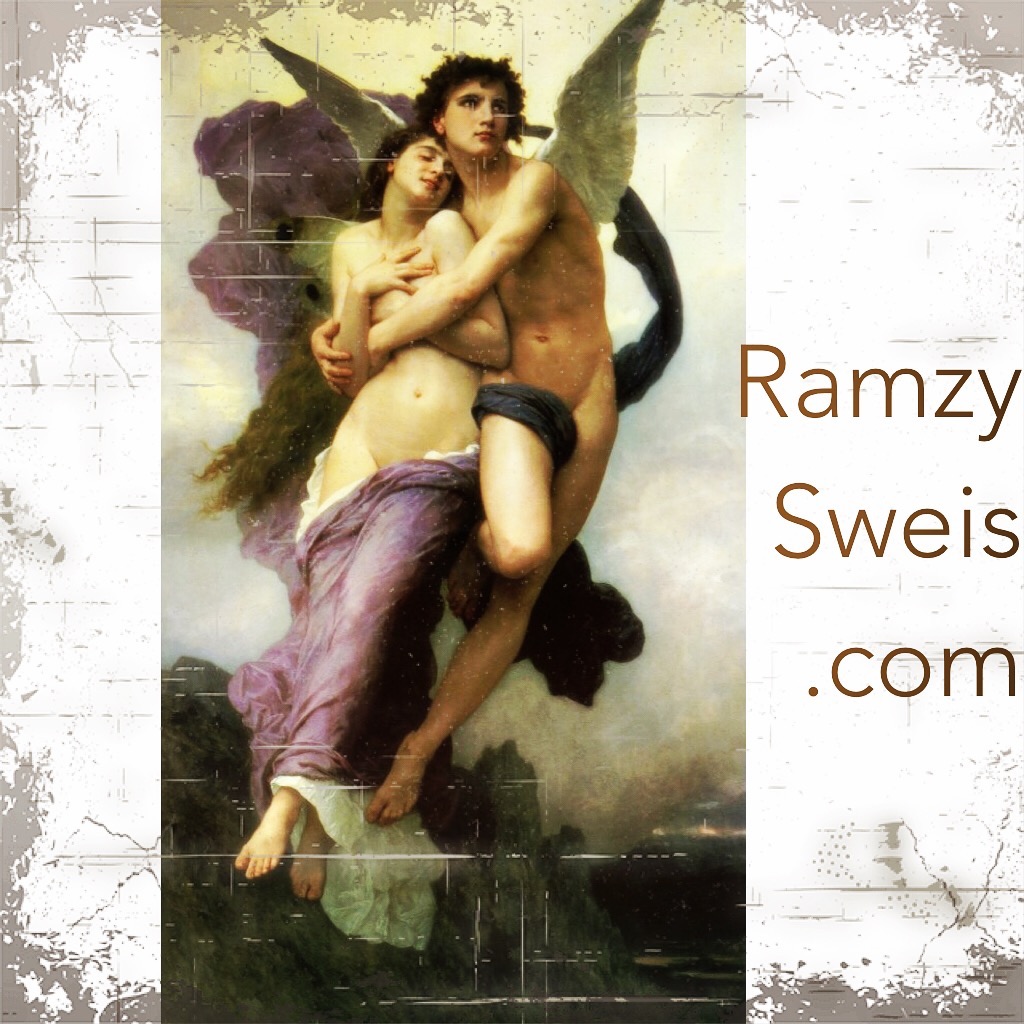The Chief of all Muses, Calliope (Ancient Greek: Καλλιόπη, “beautiful voice” or “of good face”) is the muse who presides over eloquence. So called for her ecstatic harmony of voice. The wisest of Muses, to have defeated the daughters of the king of Thessaly in a singing match & then, to punish their presumption, turned them into magpies.
Calliope is usually seen with a writing tablet in her hand, crowned in gold. At times, she is depicted with a scroll that says, “Here rise to life again, dead voice! Charm the stubborn rocks upon the mountains, the course of rivers & the wild oak-trees of this day.”
A millennia later, our voice is the only entity we need to pay attention to; to slick the continuity to our every sequitur. Calliope has gone haywire under a 2,000 lb. fart.
When we talk, words create waves of sound vibration & bass. People converse or else no one would survive. We are problem-solving while solving problems.
Hitherto & heretofore, every great story uses the human archetype to connect to people on a subconscious level & put you in a seat.
We practice – distinguished by a seemingly frenzied method of execution by voice & an ability on the part of the audience to grasp all things aesthetic. A multi-layer Rohrschach test shared by creator & audience alike. An ingenious craft that challenges voyeurism.
The clown is a ubiquitous, powerful variant in storytelling. It’s misuse in media made a trend to dislike a clown. The silly costume, wig & big nose are an invention of the circus so the audience can see the expression of the physical comedy from far away; however the costume does not represent the clown. Many amazing clowns in our recent history did not don a costume & are loved to this day: Charlie Chaplin, Buster Keaton, Marx Brothers, Sasha Baron Cohen, Jim Carey, Monty Python, Little Britten chose to wear different costumes for each story. Not every clown performs & lives in a circus.
